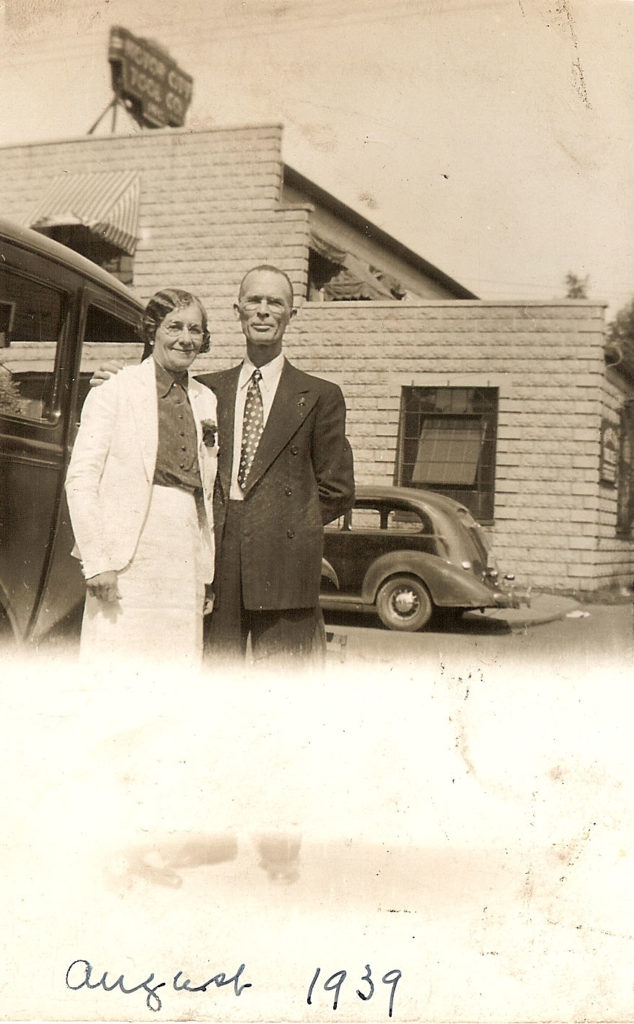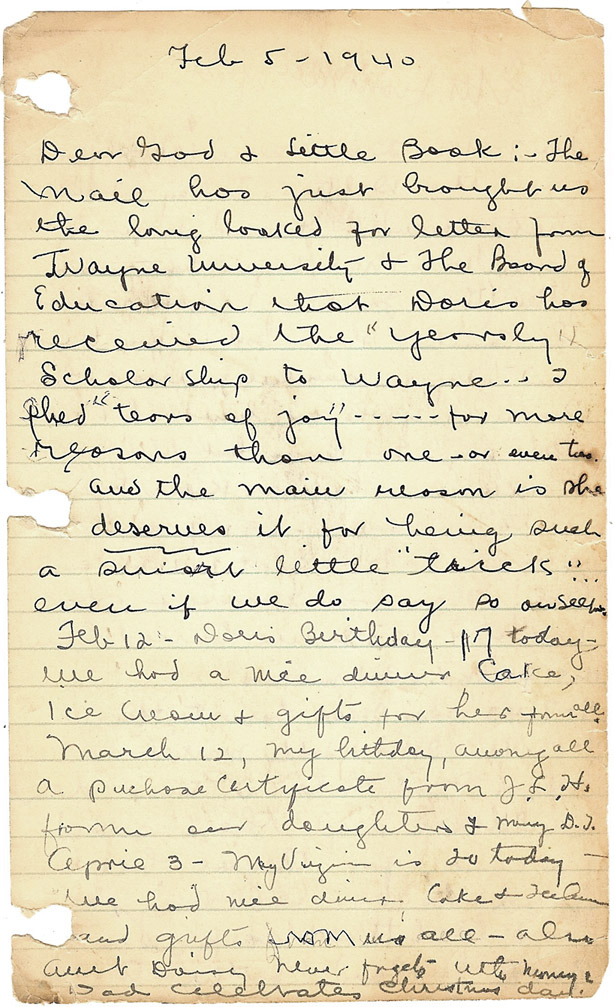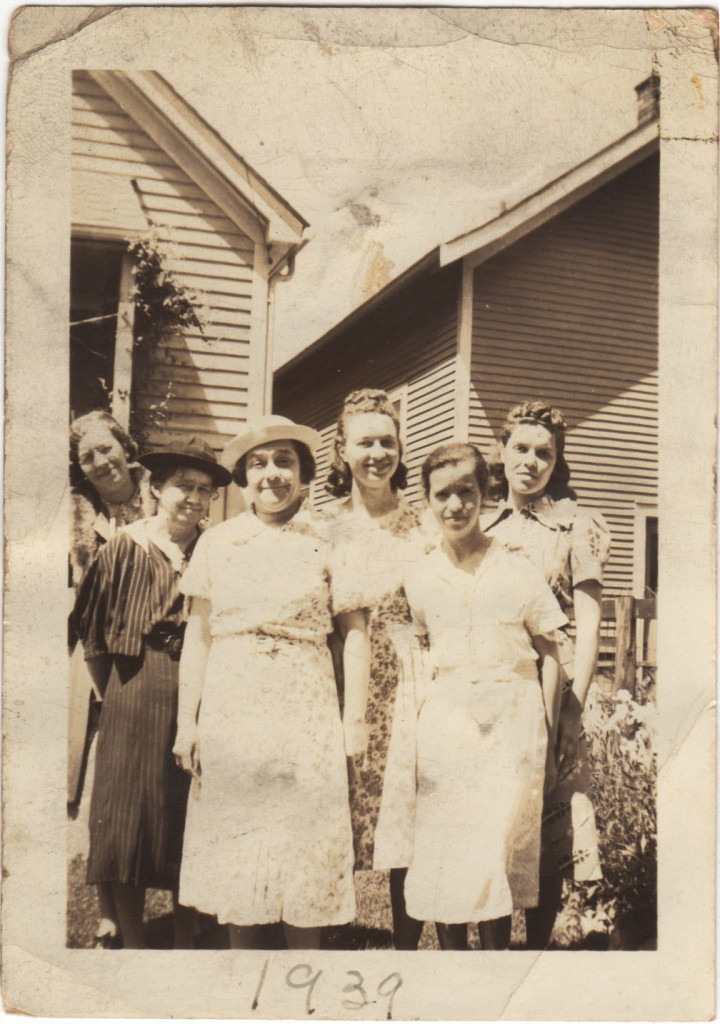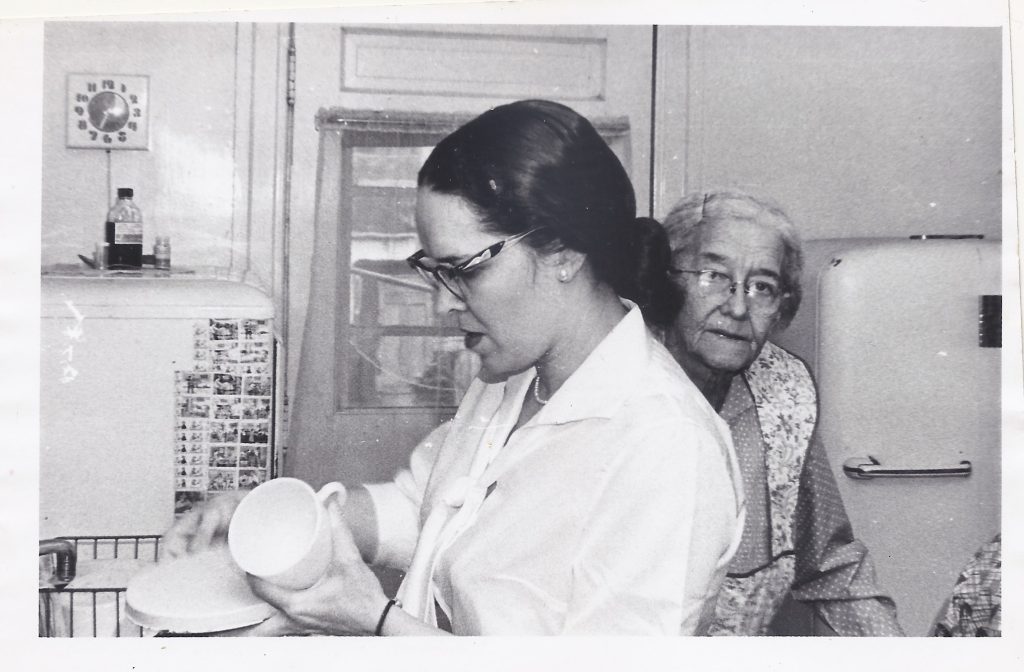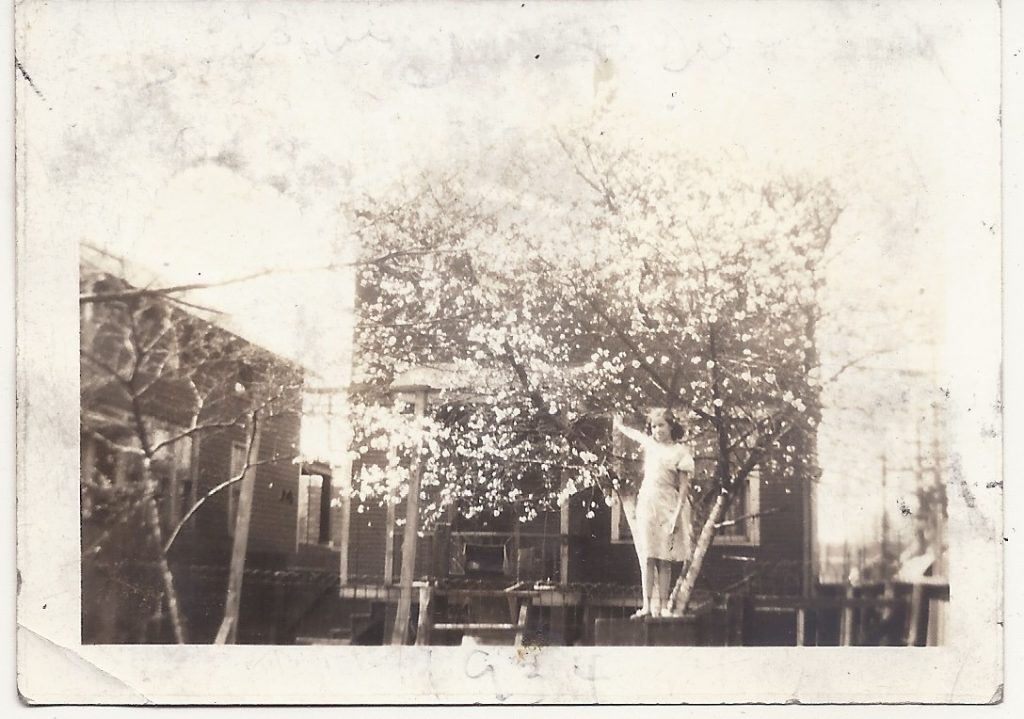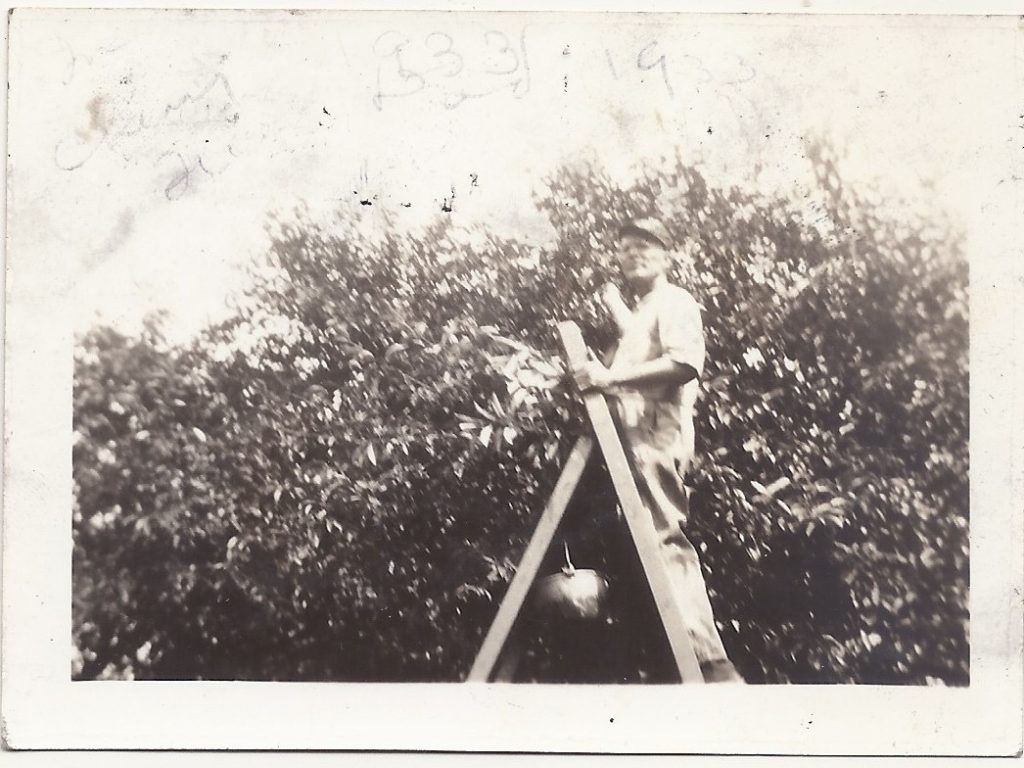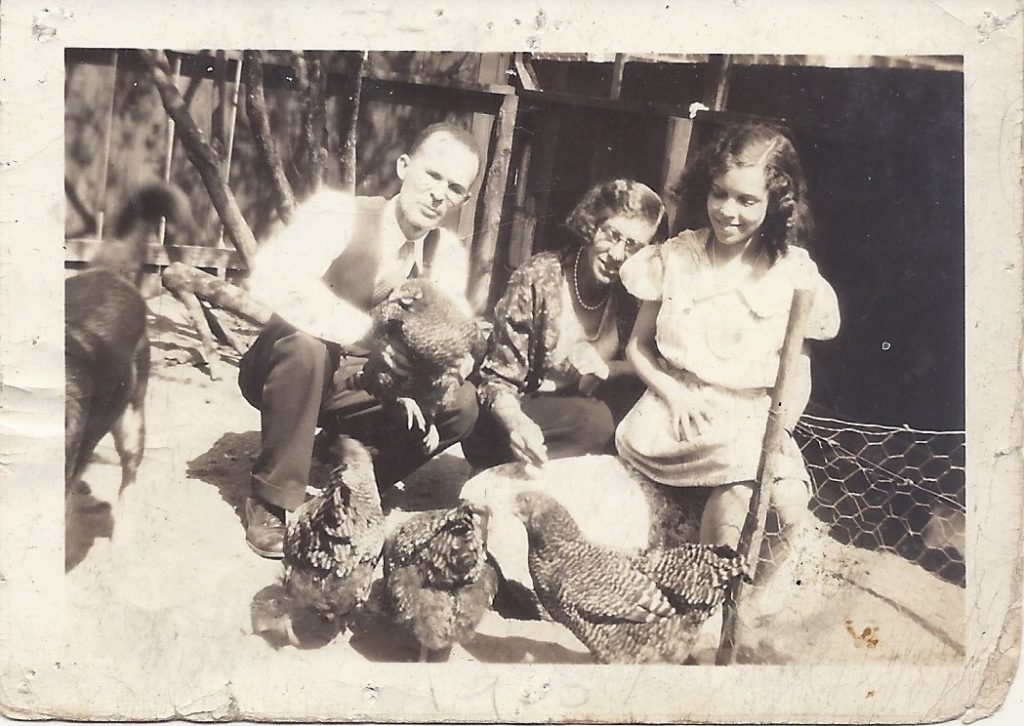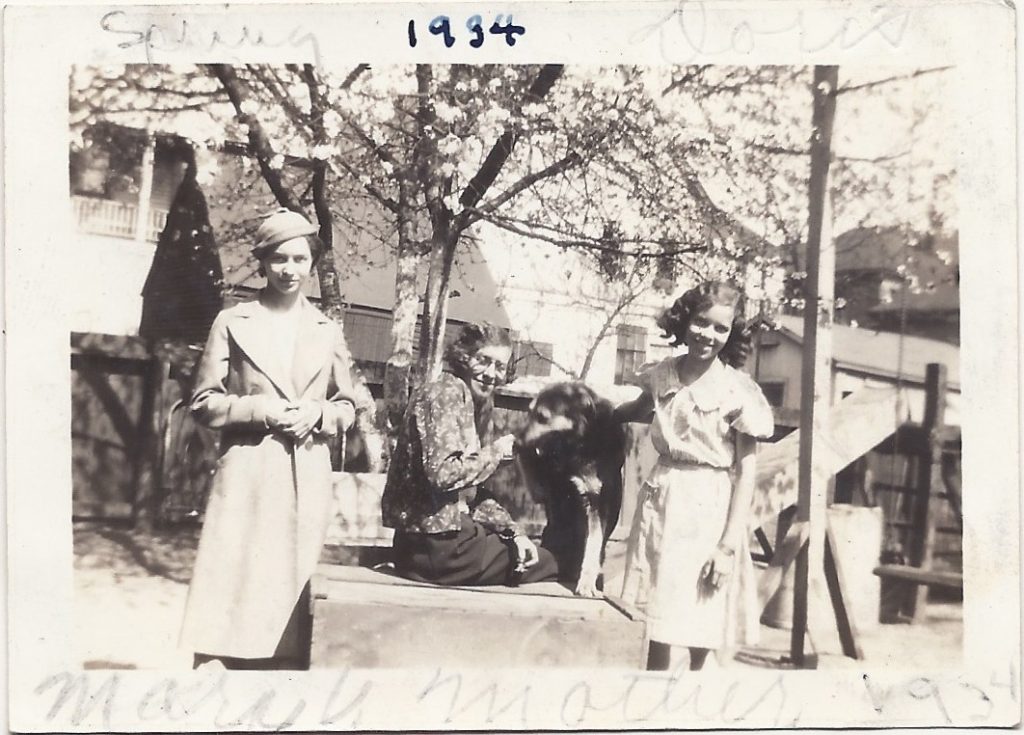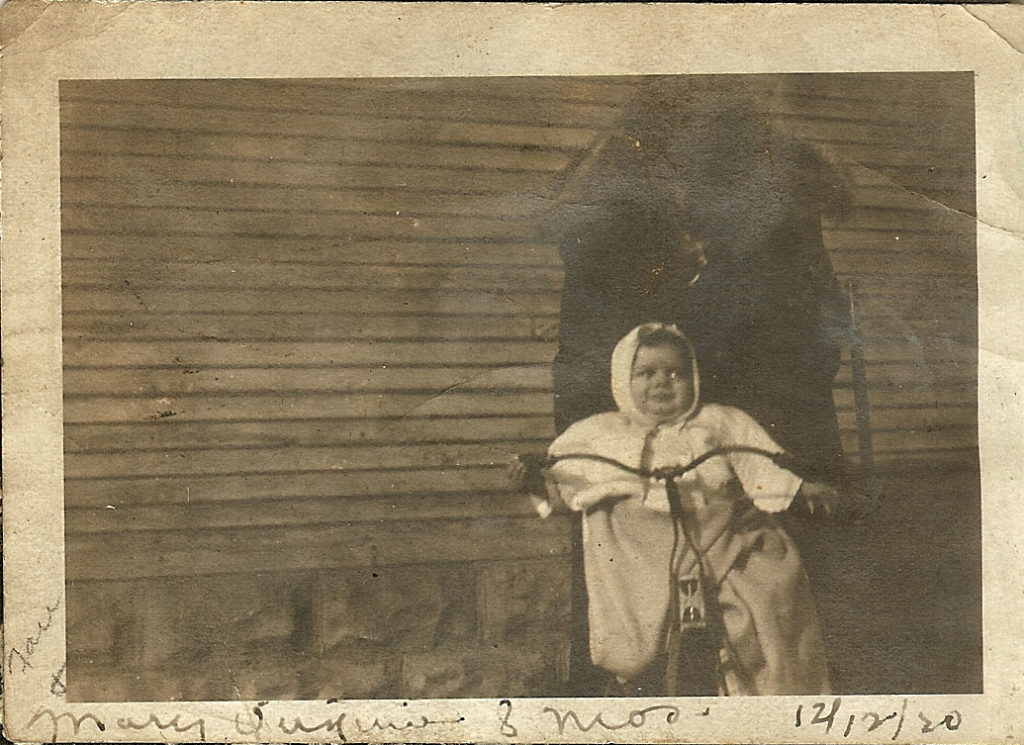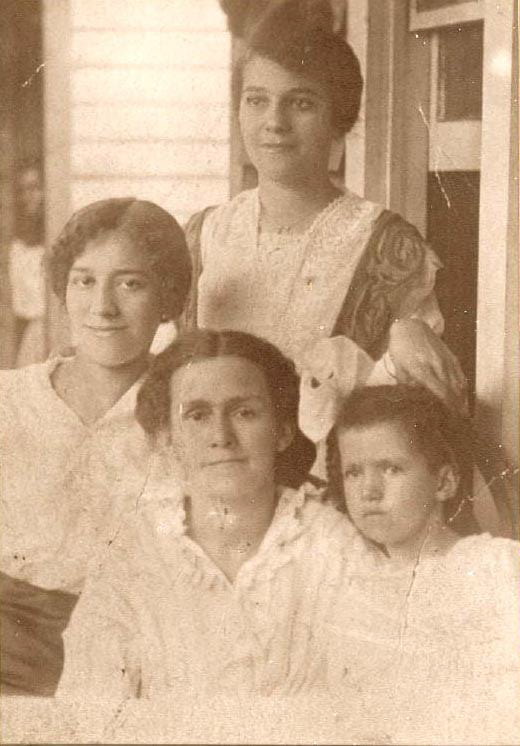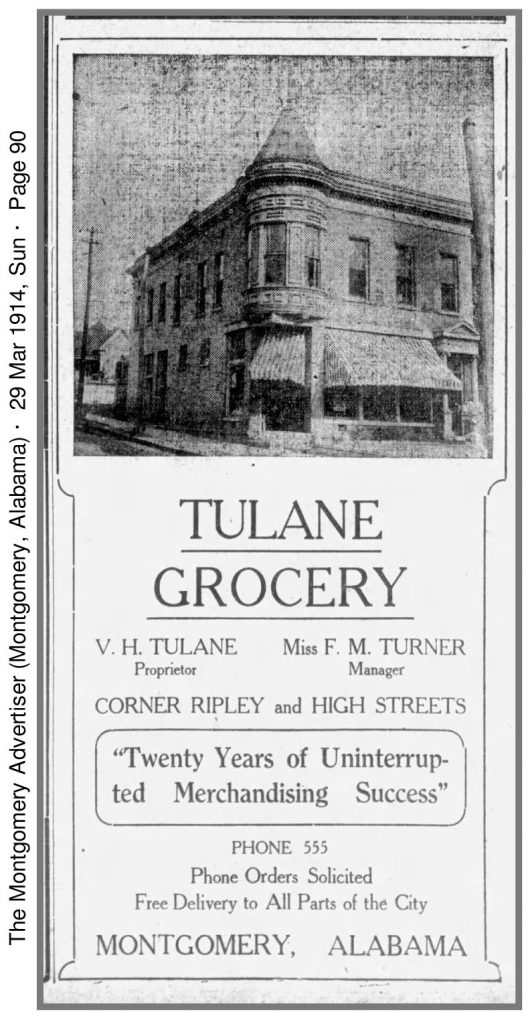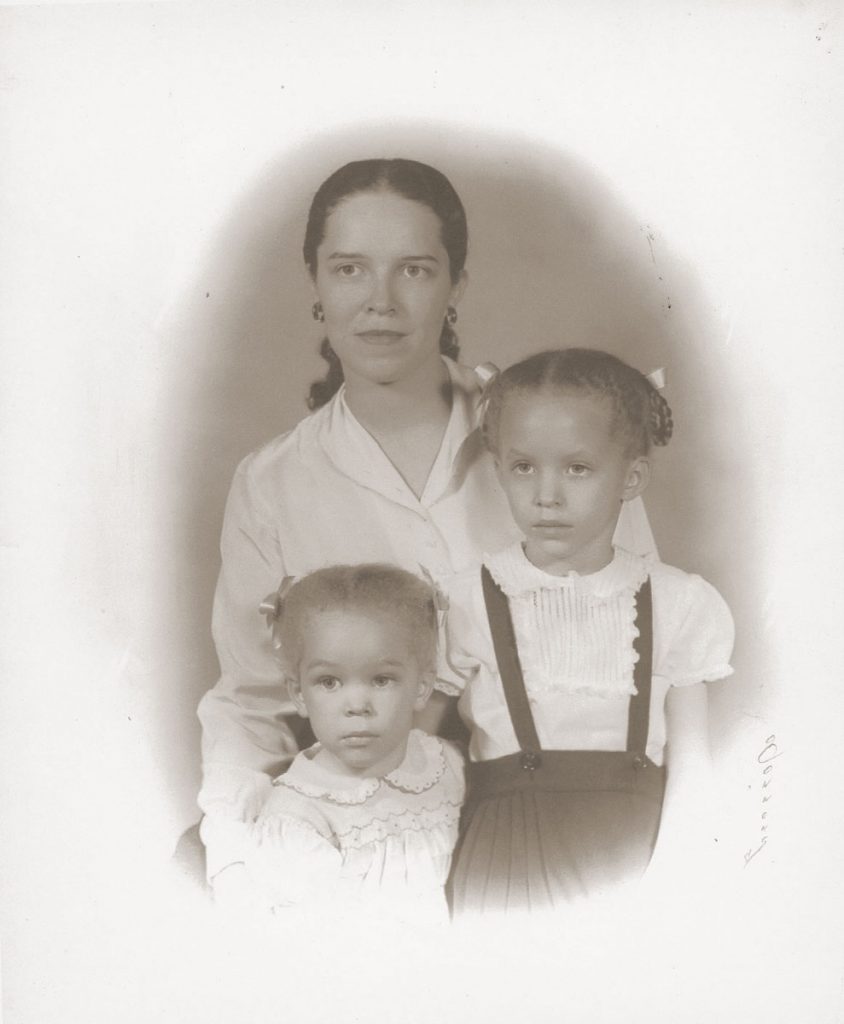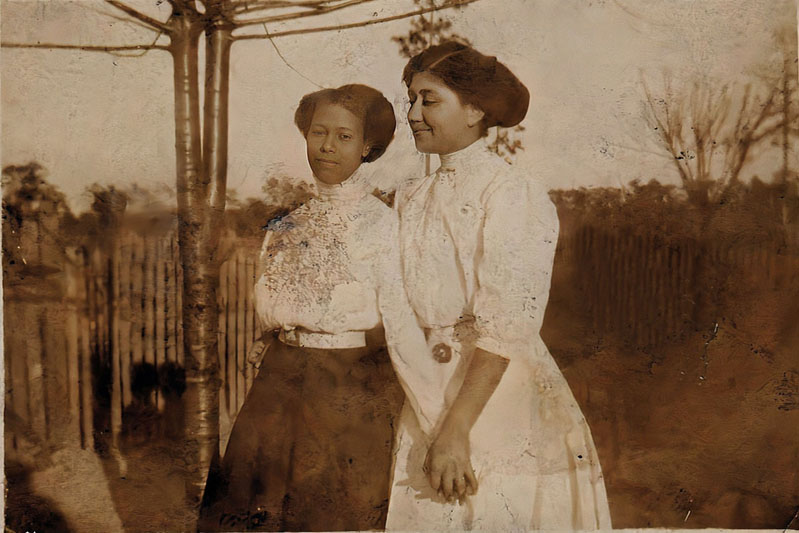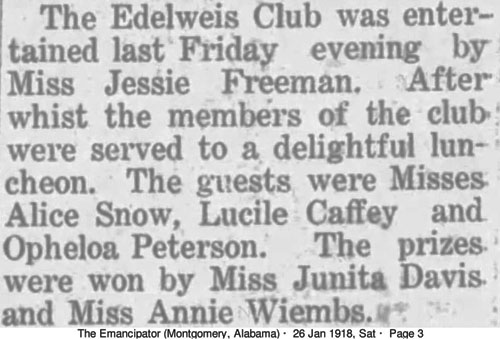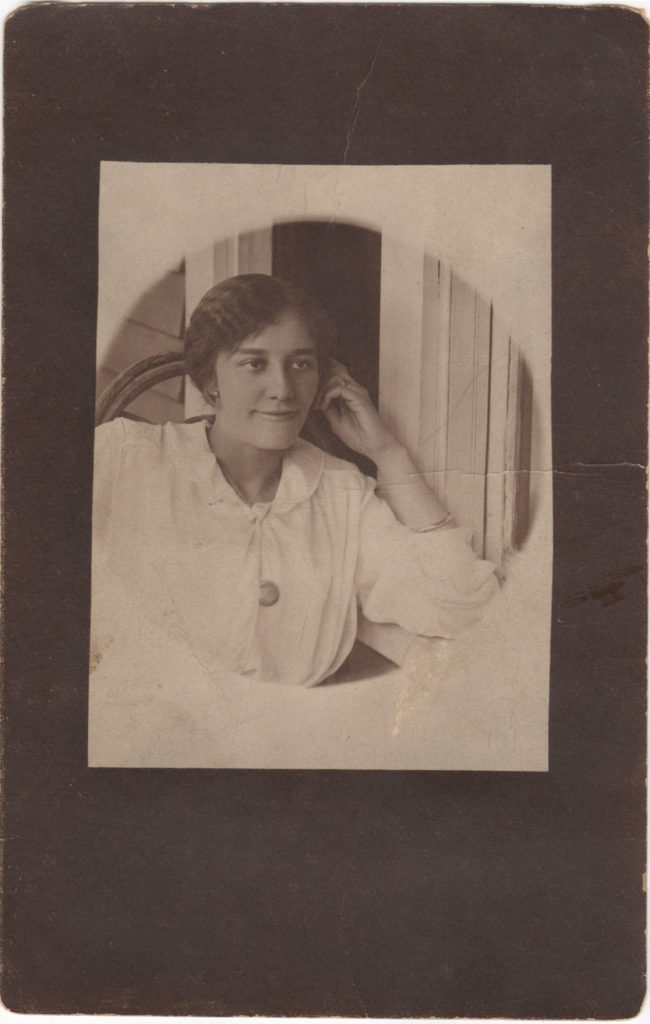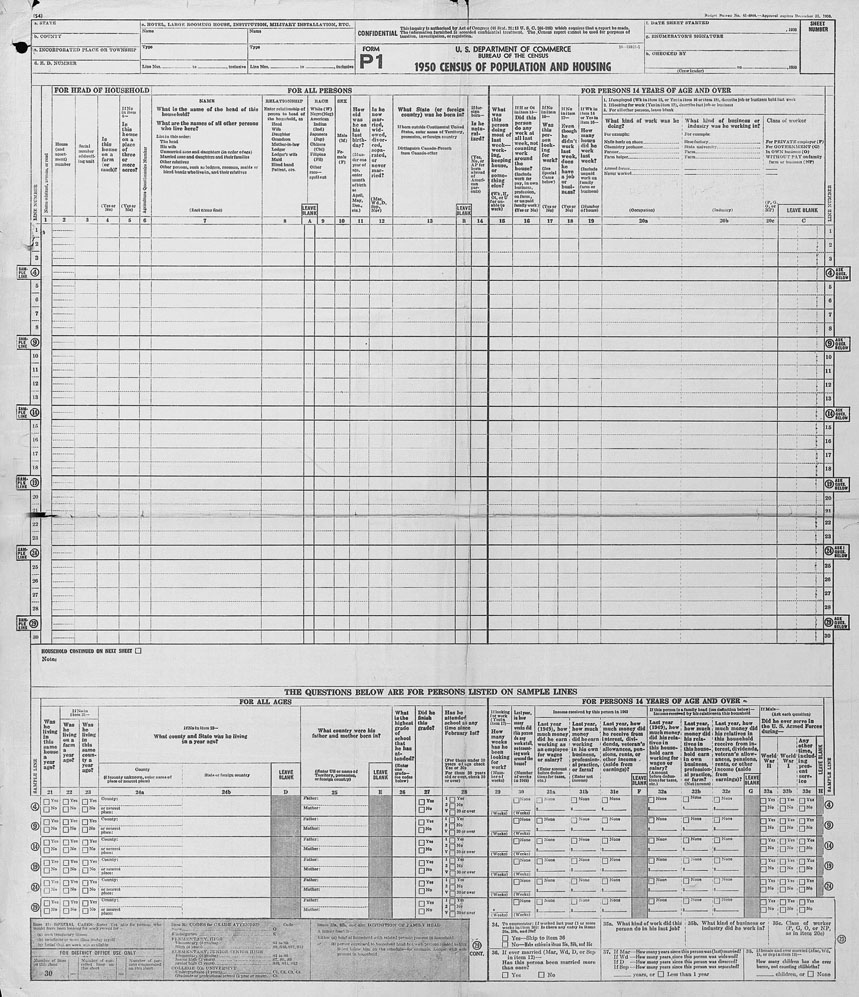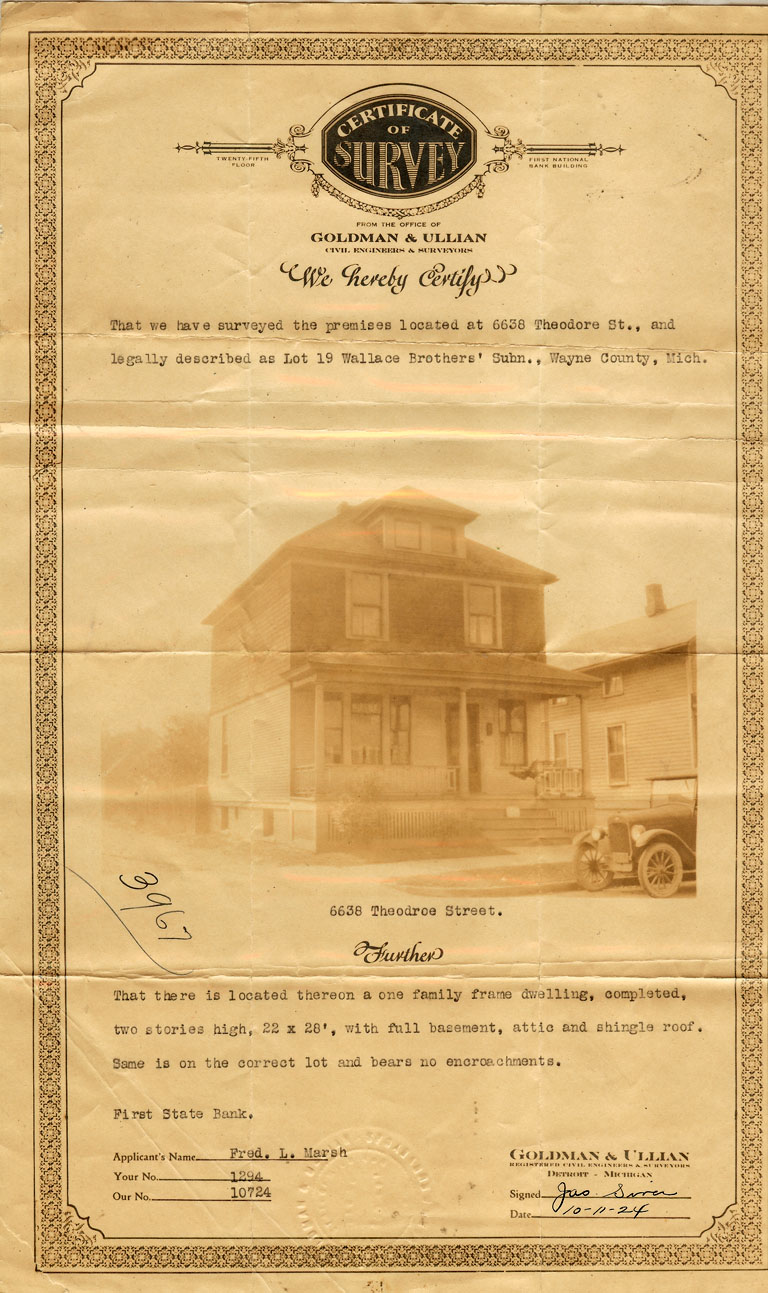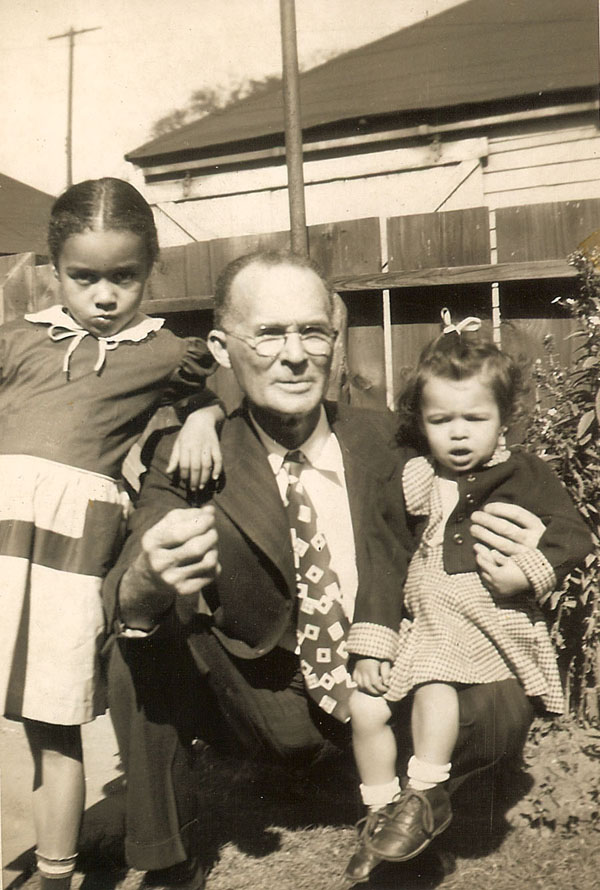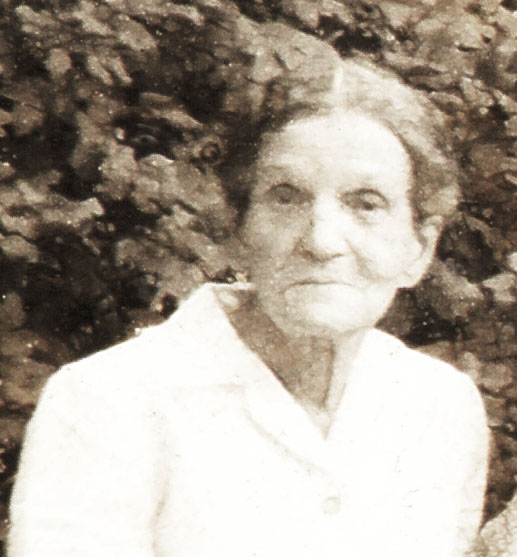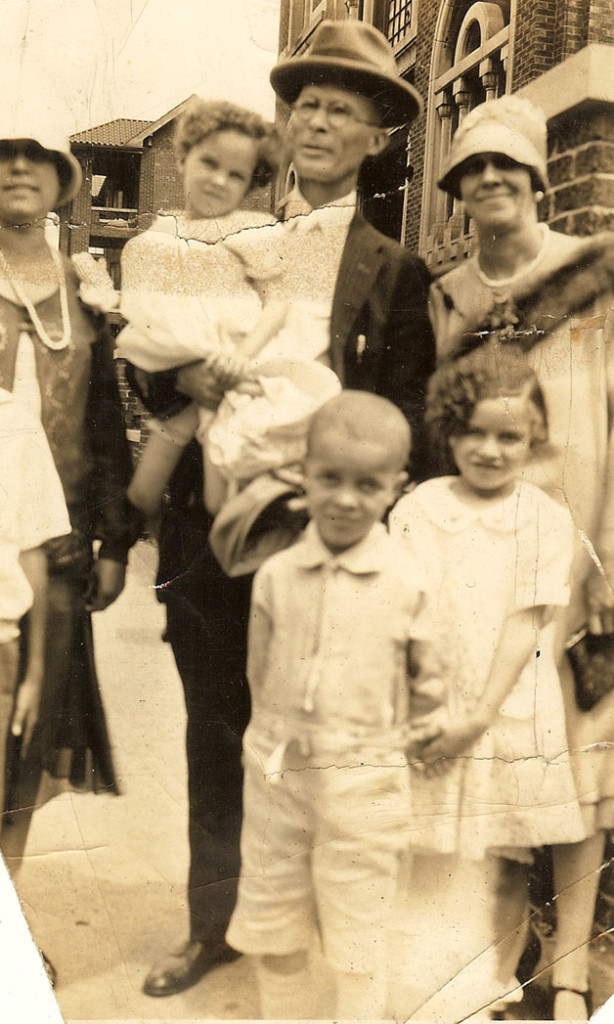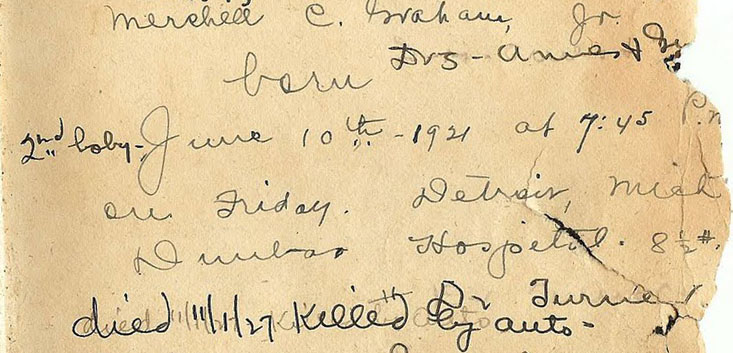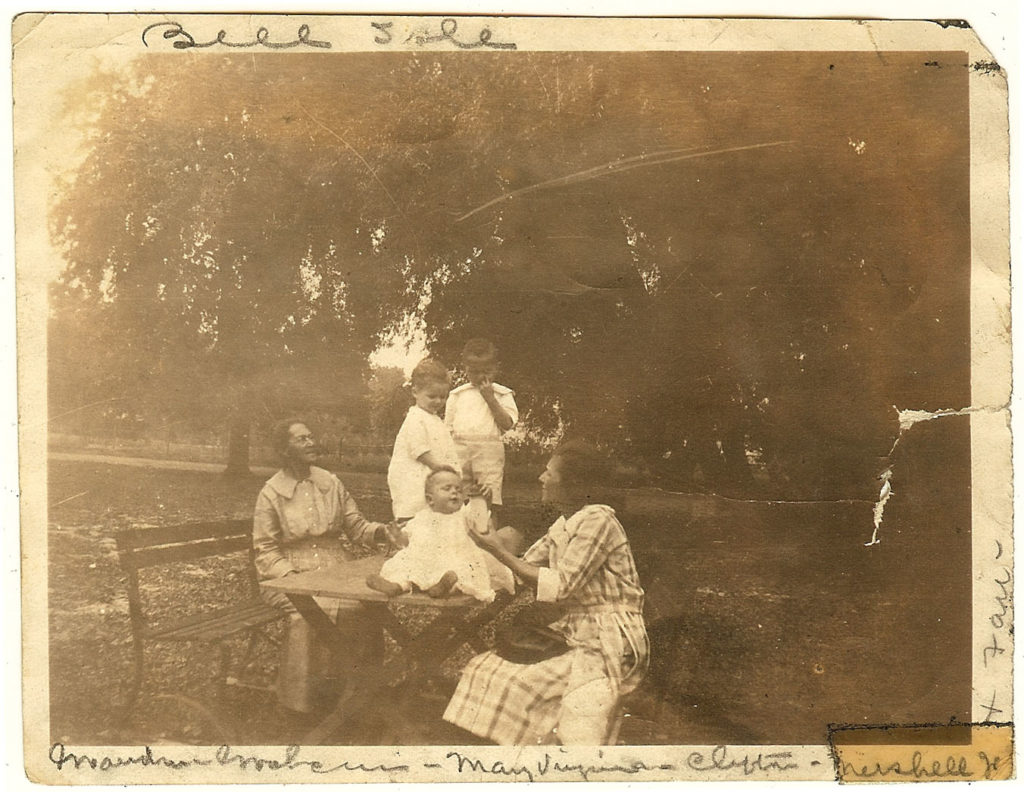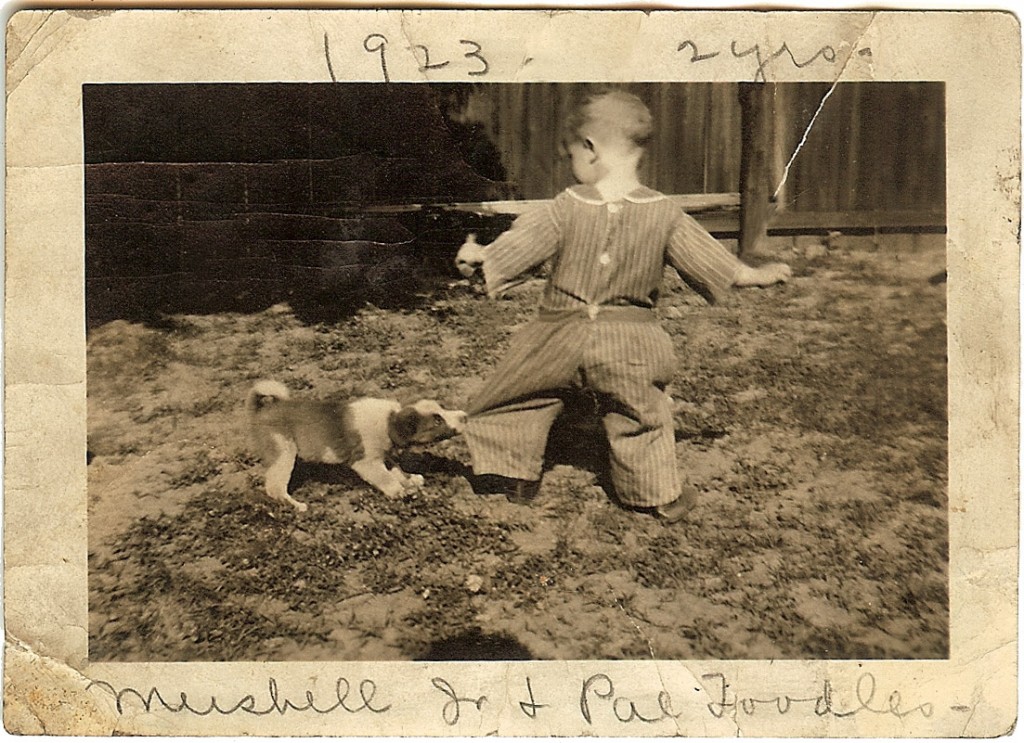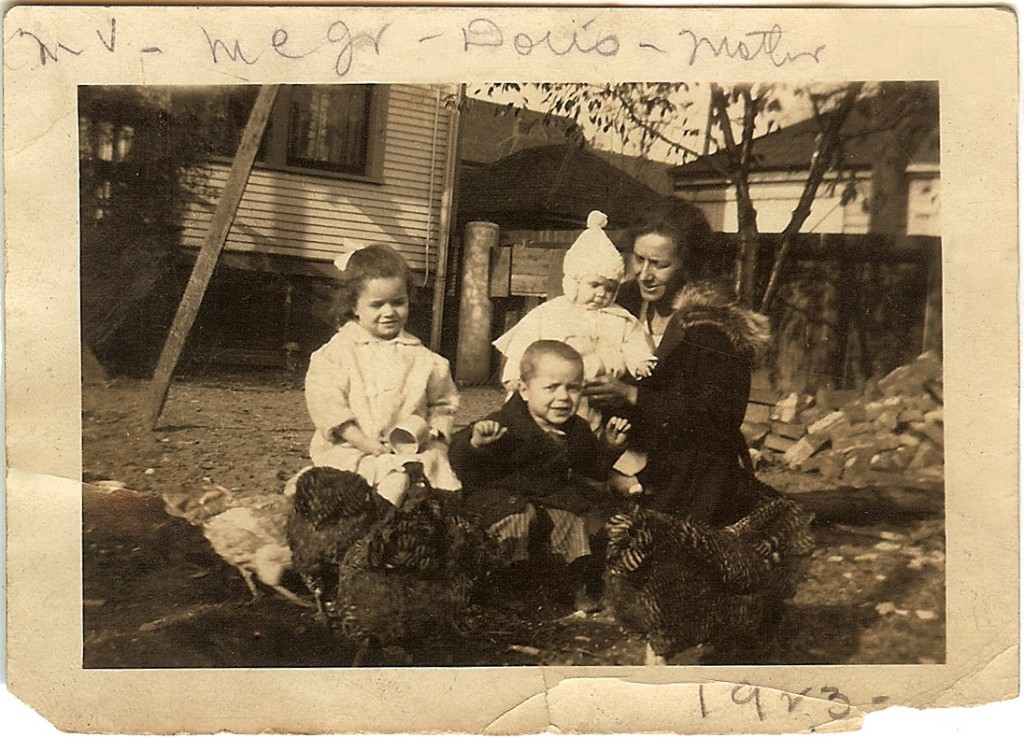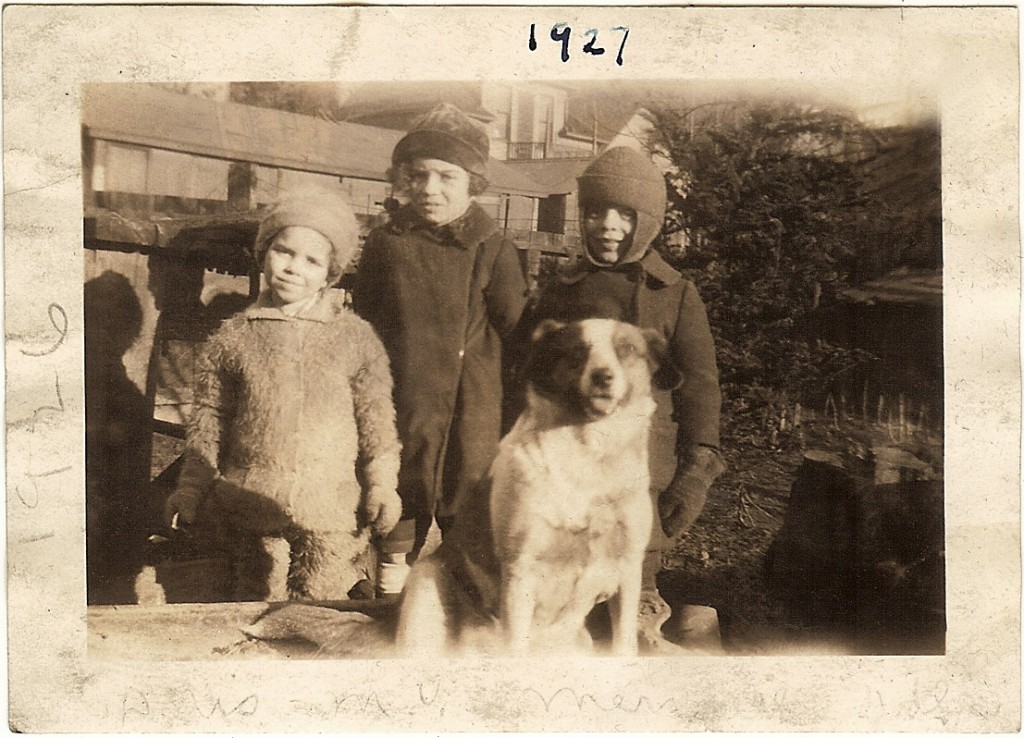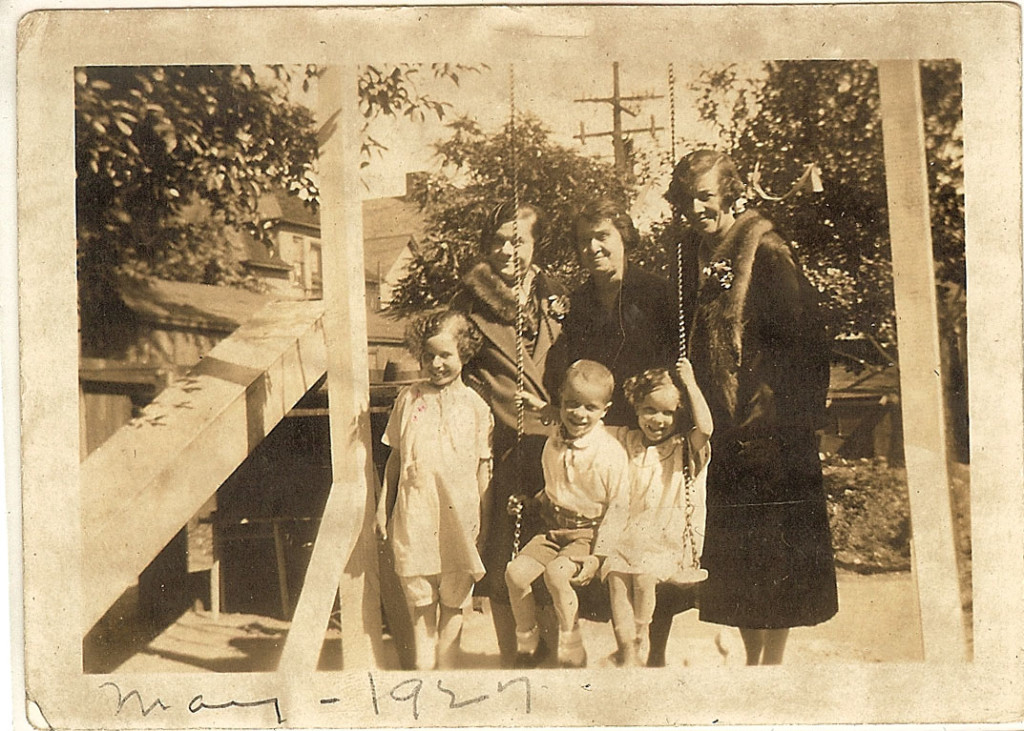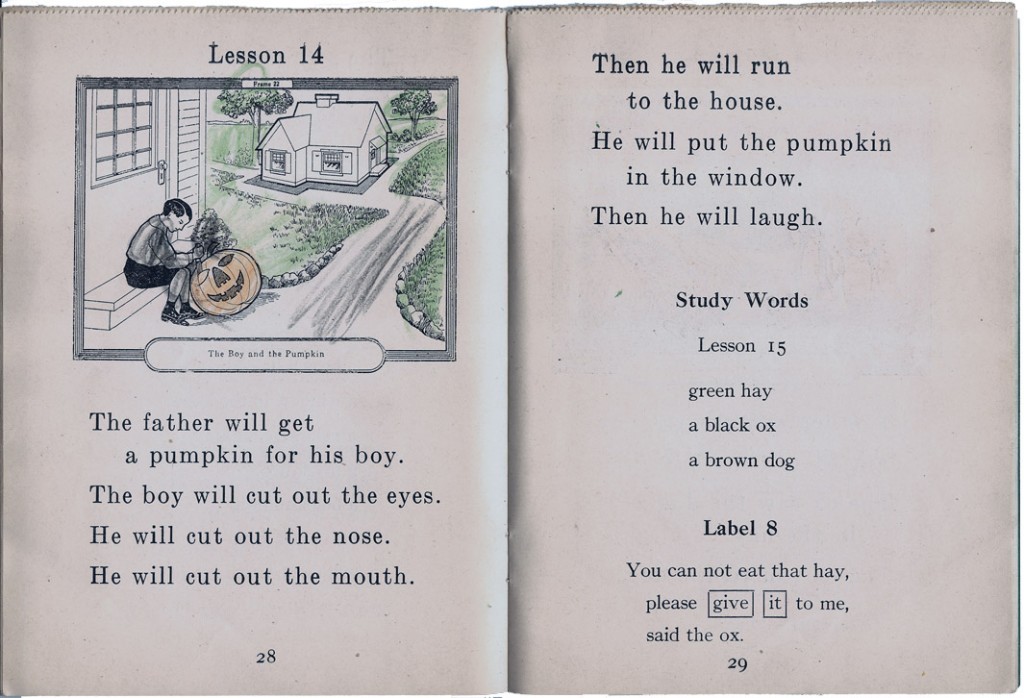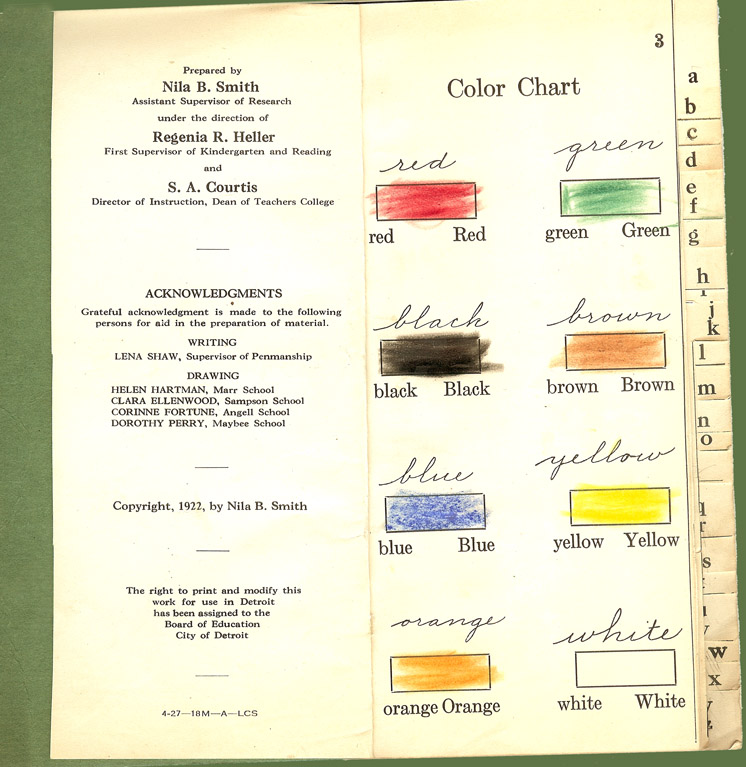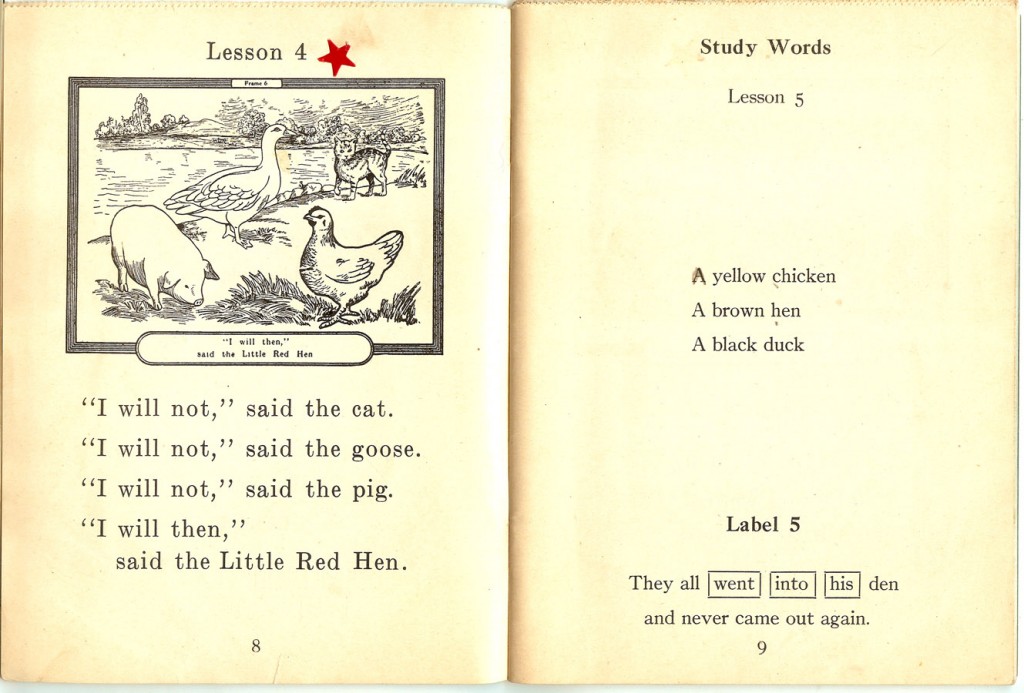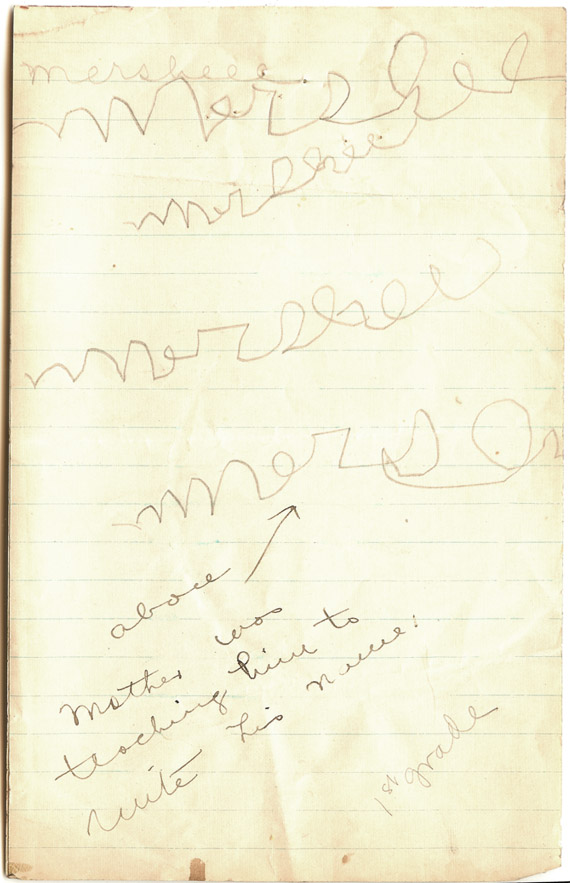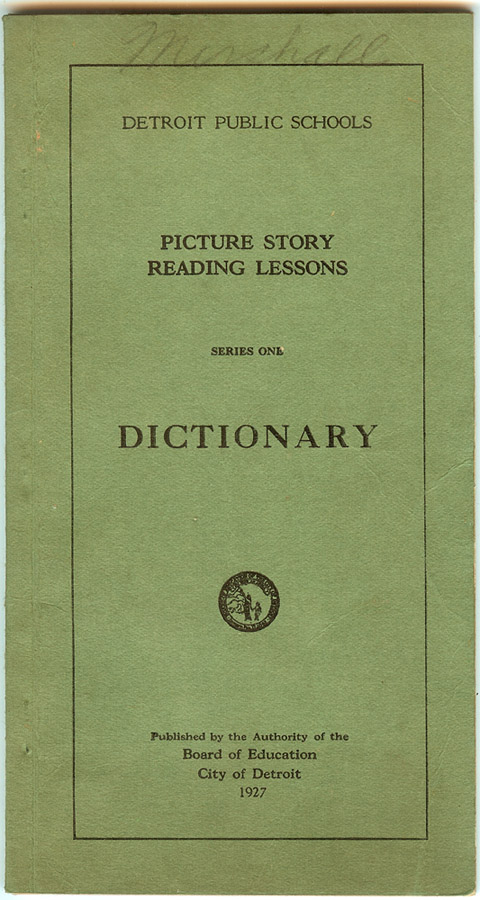
For this year’s A to Z Challenge, I will be posting an event for that date involving someone in my family tree. Of course it will also involve the letter of the day. It may be a birth, a death, a christening, a journal entry, a letter or a newspaper article. If the entry is a news item, it will be transcribed immediately below. Click on photographs to enlarge in another window.
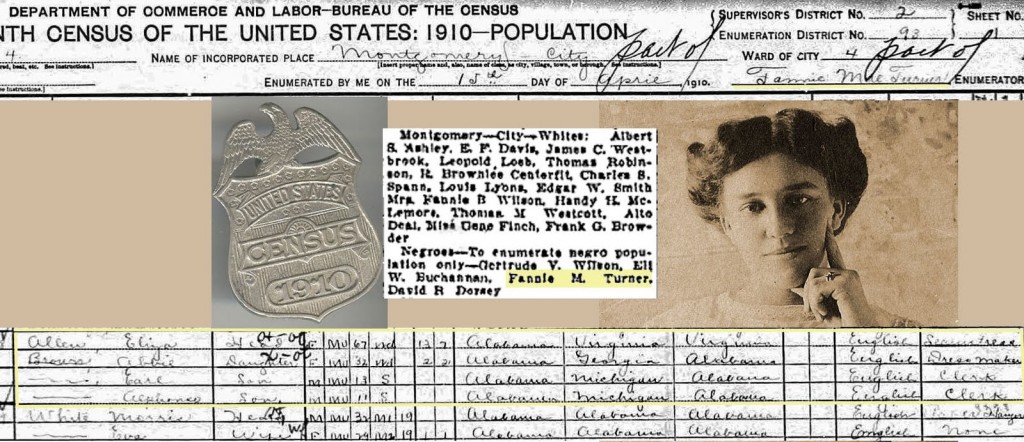
My grandmother Fannie M. Turner was an enumerator for the 1910 US Census in Montgomery, Alabama. She was 22 and lived with her mother and younger sisters in Montgomery, although not in the district she enumerated. Her grandmother Eliza Allen lived in that district. I was looking at the entry for Eliza when I first noticed that my grandmother was the enumerator. I found a newspaper article online about the appointed census takers.
APPOINT CENSUS TAKERS
ENUMERATORS. FOR MONTGOMERY ARE NAMED.
Supervisor At Washington Approves Designations Made By Director Swanson of Second District After Examinations Are Undergone.
The directors of the census at Washington has provided additional designations by Dr. C. Swanson, the supervisor of the Second Alabama District of the following named persons to act as enumerators in the counties mentioned:
Baldwin- Stanley M. Waters, W. D. Durant, Nell G. McKenzie, Cornelius A. Gaston, Jay B. McGrew.
Conecuh- Henry W. Pruett.
Covington- S. P. Barron, Rochford S. Parks, W. O. Searcy, Will C. Grant, J. Herbert Jones, Benjamin F. Parker, Gordon M. Brown, William B. Combs, David A. Beasley, John R. Cravey, Hilary D. Childre, John F. Phillips.
Montgomery- City – Whites: Albert S. Ashley, E. F. Davis, James C. Westbrook, Leopold Loeb, Thomas Robinson, R. Brownlee Centerfit, Charles S. Spann, Louis Lyons, Edgar W. Smith, Mrs. Fannie B. Wilson, Handy H. McLemore. Thomas M. Westcott, Alto Deal, Miss Gene Finch, Frank G. Browder.
Negroes- To enumerate negro (sic) population only – Gertrude V. Wilson, Ell W. Buchannan, Fannie M. Turner, David R. Dorsey.
Montgomery county- outside city – Whites: William F. Allen, Frank McLean, William T. Davis, William Tankersley, James F. Robertson, James A. Stowers, Charles A. Goodwyn, William C. Ozier, O. P. Davis, Miss Oralee Naftel, Ansley L. Stough, Henderson H. Norman, Joseph K. McClurkin, William A. Johnson, John H. Kennedy, J. W. Martin, Thornton E. Gilmer, Thomas B. Barnett, William D. Calloway.
Wilcox county- -Leonard L. Godbold, Fair J. Bryant, John H. Malone, John W. Pharr, W. E. Dilger, D. C. Murphy, James D. McCall, H. C. Pearson, R. L. Vaughn, R. H. G. Gaines, Danuel G. Cook, Joseph R. Harper, Joseph R. Harper, J. F. Fore, Leonard W. Hardy, Arthur Lee, William A. McLean, B. F. Watts, Jr. E. F. Spencer, Emmett L. Gaston, John C. Seltzer, F. R. Albritton, Eugene E. Williams, William J. Sessions.
Wilcox county- William J. Edwards.
For a very few districts in Montgomery and Wilcox counties Anal action has not yet been taken on the selection of enumerators, but will be in time for the enumeration.
___________
Fannie M. Turner began work April 15, 1910 and enumerated her Aunt Abbie and her Grandmother Eliza on pg 2. She finished on April 26. Mrs. Fannie B. Wilson (white) completed the enumeration of Montgomery, Ward 4 by counting the white residents on several pages after that. As noted in the newspaper article, Negro enumerators could only count Negroes. I wonder how that worked. Did my grandmother go to the door, note that they were white and tell them someone else would return to count them later? Did the neighbors alert her? Since she was already familiar with the neighborhood, did she already know where the white people lived or did all the white residences live in the same area?
________
Fannie Turner was my maternal grandmother. She managed her Uncle Victor Tulane’s grocery store in Montgomery, Alabama from the time she graduated from State Normal School until she married my grandfather in 1919. I wish I knew the stories she could have told about that two weeks of counting the citizens in Ward 4.

